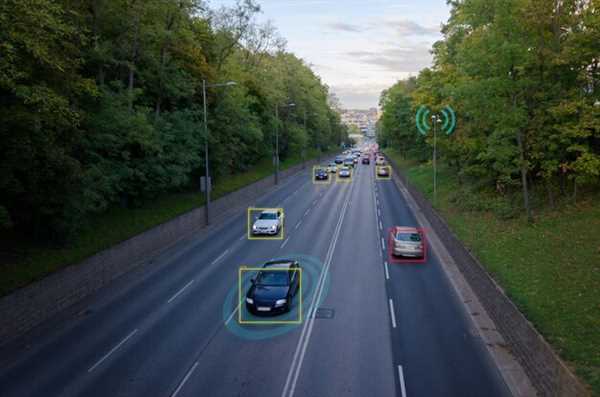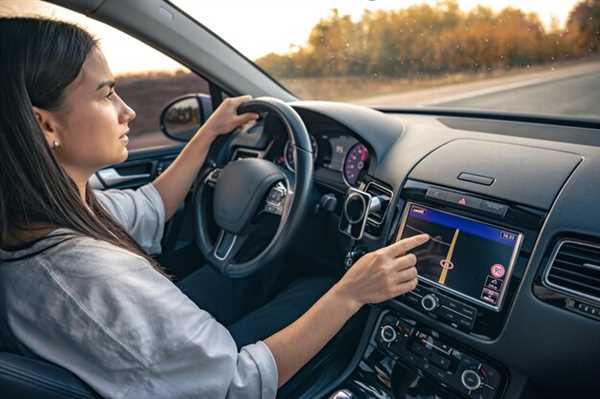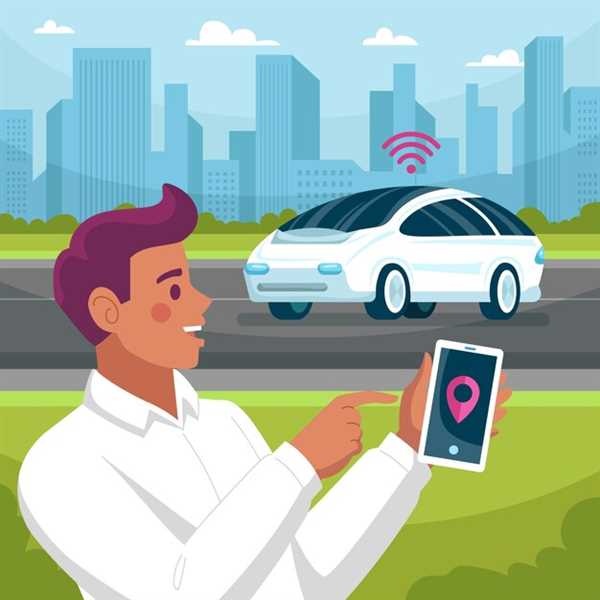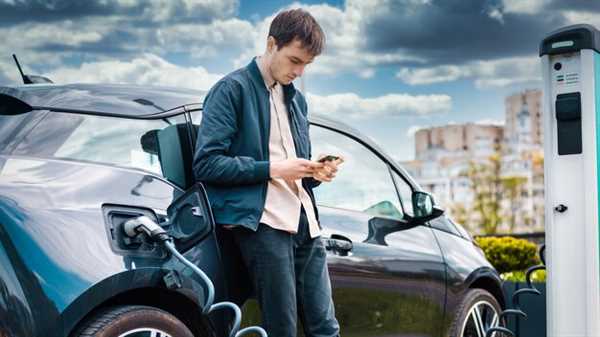
Consider investing in smart mobility solutions that integrate cutting-edge innovations. As vehicle manufacturers ramp up their focus on automation technologies, it’s crucial to explore options that enhance safety and convenience.
The integration of advanced sensors and AI systems is reshaping the automotive industry. Ongoing research and development efforts are yielding models that exemplify the potential for safer travel, minimizing human error significantly. These advancements can be leveraged to create a future of seamless transportation experiences.
Analyzing the current trajectory of vehicle automation reveals promising trends in user experience and operational efficiency. Adopting systems equipped with real-time data processing and adaptive learning capabilities can dramatically improve navigation and decision-making processes. Staying informed about these breakthroughs will empower consumers to make smarter choices in vehicle purchases.
Key Technologies Enabling Autonomous Vehicles
Investing in robust sensor systems is fundamental for the advancement of self-operating vehicles. Lidar, radar, and cameras work together to create a comprehensive understanding of the surrounding environment.
- Lidar: Uses laser pulses to measure distance and generate high-resolution 3D maps. Essential for precise object detection.
- Radar: Provides reliable data in various weather conditions, crucial for detecting fast-moving objects and obstacles.
- Cameras: Capture high-definition images and video, enabling lane detection, traffic sign recognition, and pedestrian identification.
Artificial intelligence (AI) is key in interpreting data from these sensors. Algorithms process inputs to make instantaneous decisions.
- Machine Learning: Helps the system learn from past experiences, improving navigation and reaction times.
- Computer Vision: Powers the vehicle’s ability to see and understand the world around it, contributing to safer routes.
Effective communication systems enhance the functionality of these vehicles in transportation networks. Vehicle-to-everything (V2X) technology allows seamless interaction with other vehicles and infrastructure.
- Vehicle-to-Vehicle (V2V): Enables vehicles to share real-time information about speed and location, improving safety and efficiency.
- Vehicle-to-Infrastructure (V2I): Connects with traffic signals, road signs, and other infrastructure to optimize performance and reduce delays.
Lastly, robust cybersecurity measures are vital to protect the technology from potential threats. Ensuring that systems remain secure is essential for public trust and widespread adoption.
- Data Encryption: Protects sensitive information from unauthorized access.
- Regular Software Updates: Address vulnerabilities and improve vehicle performance.
These technologies represent the building blocks for redefining future mobility solutions, making transportation safer and more efficient.
Regulatory Challenges and Safety Standards

Implement robust safety protocols tailored for the integration of advanced technology in transportation. Establishing clear definitions and categories for vehicles equipped with sophisticated systems is essential. Regulatory bodies must collaborate with manufacturers to create uniform standards that ensure accountability and safety across the industry.
Develop testing frameworks that evaluate performance under various conditions, prioritizing real-world scenarios that reflect everyday use. Simulations and controlled environments play a role, but they should complement, not replace, on-road assessments.
Engage stakeholders, including tech firms, automotive companies, and independent safety organizations, in ongoing dialogue. This collaboration will foster transparency and facilitate adjustments in regulations as innovations emerge.
Encourage a regulatory framework that adapts to the swift pace of technological advancements. Laws should remain flexible, allowing for iterative updates that reflect the latest safety findings and technological improvements.
Implement serious penalties for non-compliance with safety standards. Strict enforcement will underscore the importance of prioritizing safety over rapid rollout of new technologies in vehicles.
Promote consumer education regarding technology features and limitations. Ensuring users understand operational parameters will help mitigate risks related to misuse.
Lastly, prioritize data-sharing frameworks across the industry to monitor incidents and gather insights on the performance of intelligent systems in real-time, thus continually enhancing safety measures.
Consumer Acceptance and Market Trends in Autonomous Driving

Understanding consumer sentiment is key for tech firms developing self-operating vehicles. Recent surveys indicate that 64% of potential buyers express a strong desire to adopt these innovations, highlighting a significant shift towards automation in the auto sector.
Market trends show a surge in interest, with an estimated 23 million units of self-operating vehicles expected to be sold by 2030. Major manufacturers are prioritizing advanced features, investing heavily in research. Brands like Tesla and Waymo are leading the charge, showcasing cutting-edge functionalities that appeal to tech-savvy consumers.
Consumer concerns remain, particularly regarding safety and reliability. Surveys revealed that 70% of respondents worry about accidents, while 55% seek reassurance from regulatory bodies. Clear communication of safety measures and technologies will be imperative for manufacturers aiming to boost confidence.
Affordability also plays a critical role. As production costs decline, competitive pricing strategies will assist in overcoming barriers to adoption. Leasing options and incentives could further increase market penetration.
The integration of connectivity features with mobile tech serves as a strong draw for buyers. Vehicles equipped with seamless app connectivity and smart functionalities are more likely to resonate, as they align with modern consumer expectations.
In conclusion, as the landscape of the auto industry evolves, focusing on safety, affordability, and tech innovation will be essential for achieving broad consumer acceptance and maximizing market share.




